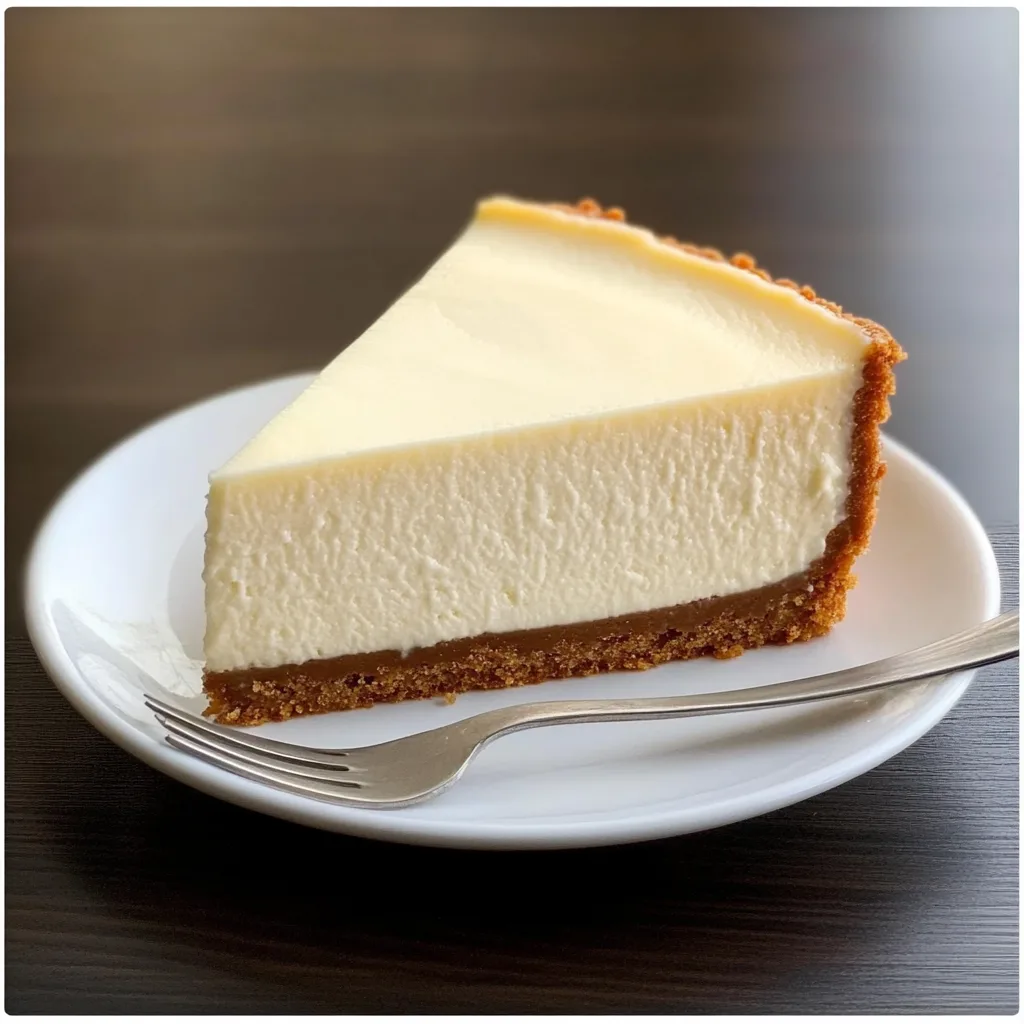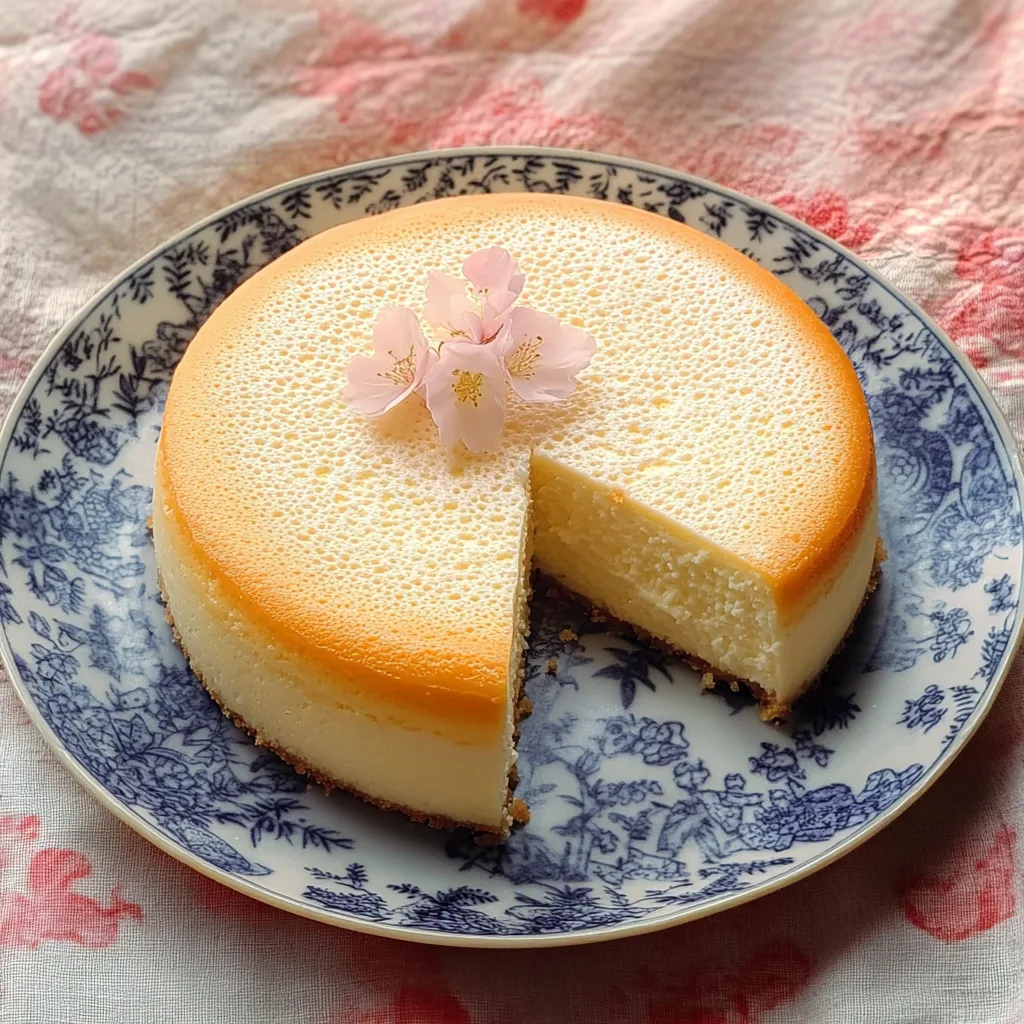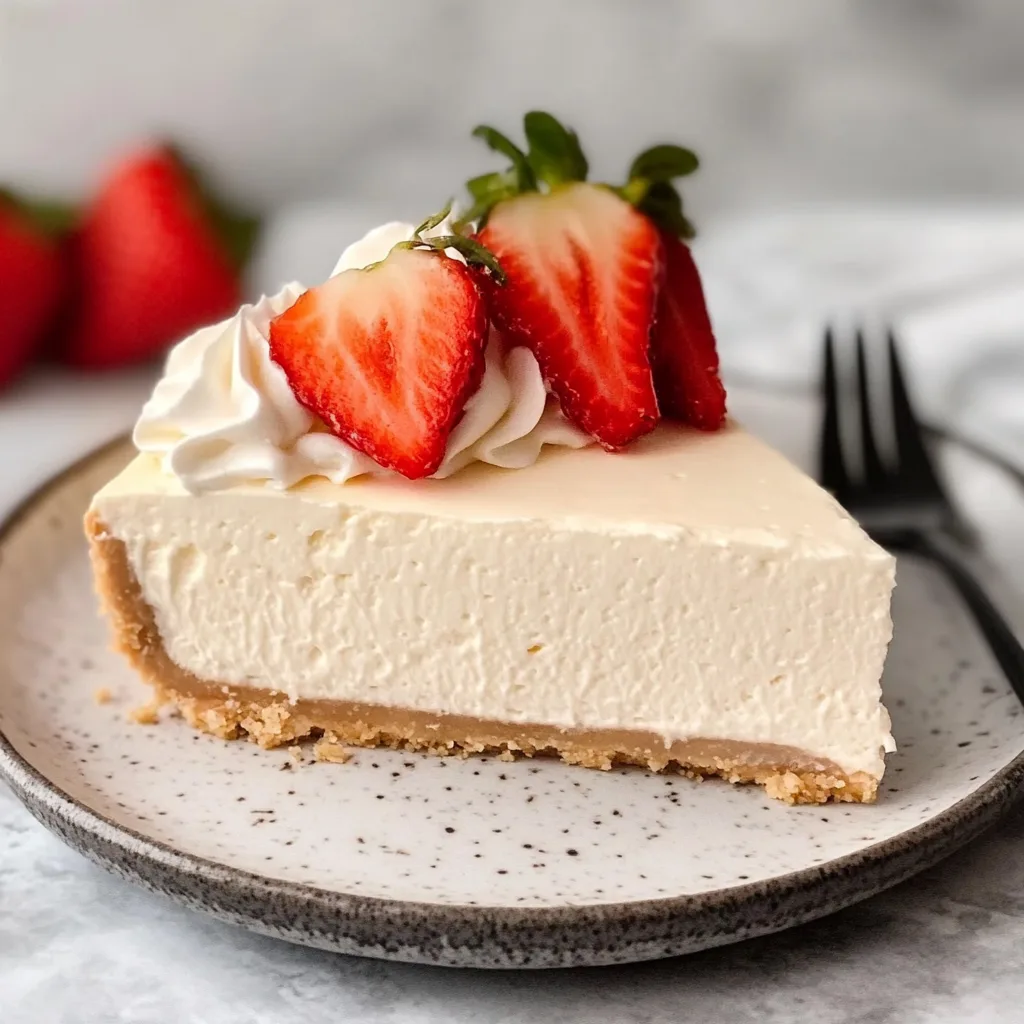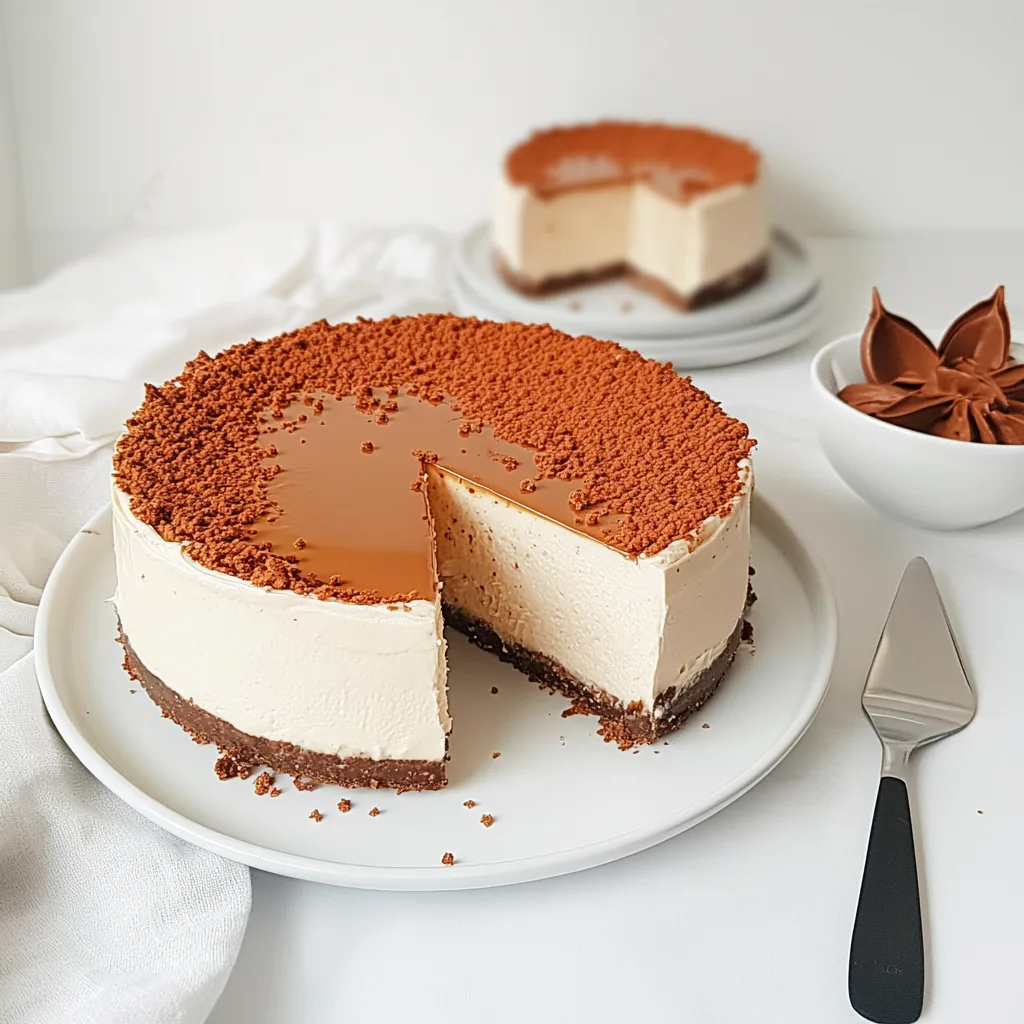What Are the Three Types of Cheesecake? A Tasty Breakdown
Cheesecake is a dessert that needs no introduction. It’s rich, indulgent, and has won the hearts of dessert lovers worldwide. While cheesecake may seem simple at first glance, it comes in many forms, each offering a unique taste and texture. In this article, we’ll take a closer look at the three most popular types of cheesecake : New York, Japanese, and No-Bake. We’ll explore what makes each variety special, their preparation techniques, and how to pick the right one for your palate. Let’s dive right in!
Table of Contents
Introduction and Varieties to Types of Cheesecake
The Timeless Appeal of Cheesecake
Cheesecake has been a dessert staple for centuries, dating back to ancient Greece. It’s no wonder why this creamy treat has stood the test of time—it combines a perfect balance of sweetness, tanginess, and velvety texture. From dinner parties to casual get-togethers, cheesecake is a dessert that elevates any occasion.
But not all cheesecakes are created equal. Around the world, chefs have reinvented this classic dessert to reflect their unique culinary traditions. As a result, we now enjoy a variety of cheesecake styles, each with its own signature charm.
Why Focus on Three Types of Cheesecake ?
You might wonder, “Why just three types of cheesecake?” Well, these three—New York, Japanese, and No-Bake—are not only among the most popular but also serve as the foundation for countless variations. Each one brings a distinct texture and preparation method, making them a perfect introduction to the diverse world of cheesecake.
- New York Cheesecake is renowned for its rich, dense texture and creamy flavor.
- Japanese Cheesecake takes a lighter approach, resembling a fluffy souffle.
- No-Bake Cheesecake is a simple, fuss-free version that doesn’t require an oven, yet tastes absolutely delightful.
By understanding these three varieties, you’ll gain insights into what makes cheesecake such a versatile and beloved dessert. Whether you’re a die-hard cheesecake fan or a curious beginner, there’s something here to satisfy every craving!
The Classic New York Cheesecake
Defining Features of New York Cheesecake
When most people think of cheesecake, New York cheesecake often comes to mind. Its reputation as a dessert heavyweight comes from its rich, dense texture and unmistakable creamy flavor. Unlike lighter versions, this cheesecake stands out for its indulgent consistency, thanks to its heavy use of cream cheese. But it’s not just about the cream cheese—it’s the combination of sour cream, eggs, and sometimes heavy cream that creates its iconic taste.
What truly sets New York cheesecake apart is its simplicity. It doesn’t rely on fancy toppings or layers. Instead, the focus is entirely on the cheesecake itself. Traditionally served plain or with a thin layer of fruit glaze, this dessert allows its bold, tangy flavor to shine.

Traditional Preparation Techniques
Preparing a New York cheesecake isn’t just about mixing a few ingredients—it’s about getting the process just right. Classic recipes use cream cheese, sugar, eggs, sour cream, and vanilla extract. A graham cracker crust adds a subtle crunch to balance the smooth filling.
The baking process is crucial to its signature texture. Often, chefs bake it in a water bath to keep it moist and prevent cracking. The high oven temperature at the start caramelizes the top, while a lower temperature allows the cheesecake to cook evenly inside. Cooling it slowly in the oven afterward helps maintain its luxurious texture.
If you’ve ever asked, “What are the three types of cheesecake?”, New York-style is an essential one to know. Its unique blend of creamy and tangy flavors has made it a timeless favorite for dessert enthusiasts everywhere.
Famous Variations and Pairings
Even though it’s a classic, New York cheesecake has inspired countless variations. Popular versions include toppings like strawberries, blueberries, or even caramel drizzle. For those who love chocolate, a swirl of ganache can add a decadent twist.
When serving, think beyond traditional slices. Mini cheesecakes, parfaits, or cheesecake bars can transform this dessert into fun, bite-sized treats. Pairing it with a glass of dessert wine or coffee creates the ultimate indulgent experience.

The Light and Airy Japanese Cheesecake
Characteristics That Set Japanese Cheesecake Apart
Japanese cheesecake, often called soufflé cheesecake, is a delightful departure from its denser counterparts. This dessert is famous for its light, fluffy texture that practically melts in your mouth. Unlike the creamy richness of New York cheesecake, Japanese cheesecake combines subtle sweetness with a pillowy consistency.
What makes it so unique? The batter incorporates whipped egg whites, giving it a soufflé-like structure. This creates an airy texture that feels almost weightless compared to traditional cheesecakes.
If you’re wondering, “What are the three types of cheesecake?”, Japanese cheesecake is an essential inclusion because of its distinct texture and preparation.
Crafting the Perfect Japanese Cheesecake
Making Japanese cheesecake requires a delicate balance of ingredients and technique. To begin with, it starts with cream cheese, butter, and egg yolks, which are blended into a smooth and creamy base. Next, to achieve its signature cloud-like quality, you’ll whip egg whites separately. Afterward, these whipped egg whites are gently folded into the mixture, ensuring the batter remains airy and light.
Moreover, the baking process is just as precise as the preparation. A water bath is often used because it provides steady, moist heat. As a result, this prevents cracks and helps the cheesecake rise evenly. In addition, the secret to achieving the soft, jiggly consistency lies in baking it low and slow. By following these steps carefully, you’ll create the delicate texture that defines Japanese cheesecake.
Popular Variations and Flavor Twists
Japanese cheesecake may start simple, but it’s incredibly versatile. Matcha (green tea) is a popular addition, offering an earthy flavor that pairs beautifully with the dessert’s delicate sweetness. Citrus versions, made with lemon or orange zest, provide a refreshing twist.
For those who prefer a touch of decadence, chocolate Japanese cheesecake is an excellent choice. No matter the variation, it’s a dessert that’s sure to impress, whether served plain or adorned with powdered sugar and fresh fruit.
Japanese cheesecake is perfect for celebrations or as a lighter alternative to heavier desserts. Its airy texture and subtle flavor ensure it stands out, making it a must-try for any cheesecake lover!

The No-Bake Cheesecake – Simple and Delicious
Why Choose a No-Bake Cheesecake?
For those who love cheesecake but dread turning on the oven, no-bake cheesecake is a lifesaver. This variation is all about simplicity, with no complicated baking techniques required. The result? A creamy and indulgent dessert that’s perfect for hot days or when you’re short on time.
Unlike baked cheesecakes, the no-bake version relies on refrigeration to set. The absence of eggs and heat gives it a smoother, lighter texture, making it a hit at parties and casual gatherings alike. What are the three types of cheesecake? No list would be complete without mentioning this easy and versatile option.
Recipe Basics for No-Bake Cheesecake
Creating a no-bake cheesecake starts with a few key ingredients: cream cheese, whipped cream, sugar, and a classic graham cracker crust. The cream cheese and whipped cream are blended until smooth, and the mixture is poured over the crust before being chilled.
One advantage of this type of cheesecake is how adaptable it is. Want to add a fruity twist? Toss in some pureed berries. Craving a chocolate version? Mix in melted chocolate. The possibilities are endless, making no-bake cheesecake a versatile choice for any occasion.
For more creative cheesecake ideas, check out Alexia Recipes’ Huckleberry Cheesecake Recipe. It’s a delightful way to experiment with flavors while sticking to no-bake methods.
Creative Toppings and Variations
When it comes to toppings, no-bake cheesecakes are a blank canvas. You can keep it simple with fresh fruit and a drizzle of syrup or go bold with layers of caramel, candy, or chocolate chips. Seasonal variations, like pumpkin spice or eggnog-flavored cheesecake, add a festive flair.
Serving ideas are just as creative. Individual jars, parfait glasses, or bite-sized mini cheesecakes are crowd-pleasers that are easy to make and serve. Whether you’re hosting a dinner party or a casual get-together, no-bake cheesecake is sure to impress.
Comparing the Three Types of Cheesecake
Texture, Flavor, and Preparation Differences
Now that we’ve covered the three types of cheesecake, let’s break down what makes each unique. New York cheesecake is rich and creamy, boasting a dense texture that satisfies those craving a hearty dessert. In contrast, Japanese cheesecake offers a light, airy bite that feels almost weightless. No-bake cheesecake stands apart with its smooth, mousse-like consistency and fuss-free preparation.
The flavors also vary widely. New York cheesecake leans on tangy, creamy notes from its cream cheese base. Japanese cheesecake combines subtle sweetness with a hint of eggy richness, while no-bake cheesecake allows for endless customization, from fruity to chocolatey.
Which Cheesecake Is Right for You?
Choosing the right cheesecake depends on your preferences and the occasion. If you’re looking for something classic and indulgent, New York cheesecake is the way to go. For those who want a light and fluffy dessert, Japanese cheesecake is an excellent choice. If convenience and creativity are what you value most, no-bake cheesecake fits the bill.
Ultimately, each type has its charm, making it hard to pick a favorite. Why not try all three and discover which one steals your heart?
FAQs About Types of Cheesecake
What Makes New York Cheesecake So Dense?
New York cheesecake is famous for its heavy, creamy texture. The secret lies in its ingredients: full-fat cream cheese, heavy cream, and eggs. These create a dense batter that bakes into a rich and satisfying dessert. Additionally, this style skips fillers like flour or cornstarch, keeping the texture smooth and compact. If you’ve been asking, “What are the three types of cheesecake?”, this dense delight is an essential pick.
Can You Bake Japanese Cheesecake Without an Oven?
Yes, it’s possible! While traditional Japanese cheesecake requires an oven to achieve its signature fluffy texture, alternatives like steaming can work in a pinch. A stovetop method or an electric steamer replicates the water bath effect, helping maintain the light, airy consistency.
Is No-Bake Cheesecake Healthier?
Not necessarily. While no-bake cheesecake avoids eggs and heat, it often contains whipped cream, sugar, and cream cheese, making it equally indulgent. However, it’s easy to adjust recipes with lower-fat or sugar-free ingredients for a lighter version.
How Long Do Cheesecakes Last in the Fridge?
Cheesecakes can stay fresh for up to five days in the fridge when stored in an airtight container. For longer storage, freeze individual slices and thaw them as needed for a quick, delicious treat.
Celebrate the Versatility of Types of Cheesecake
Types of Cheesecake lovers have no shortage of options when it comes to satisfying their sweet tooth. From the decadent richness of New York cheesecake to the airy lightness of Japanese cheesecake and the creamy convenience of no-bake versions, there’s a style for everyone to enjoy. If you’ve ever wondered, “What are the three types of cheesecake?”, this guide has shown how each one brings something special to the table.
Whether you’re a traditionalist who swears by New York cheesecake or an adventurer eager to try Japanese or no-bake varieties, each type offers a unique way to enjoy this beloved dessert. The best part? Cheesecake is endlessly versatile, letting you adapt recipes to suit your taste buds or special occasions.
So, grab your ingredients and try making one—or all three—at home. Who knows? You might just discover a new favorite!
